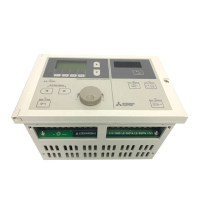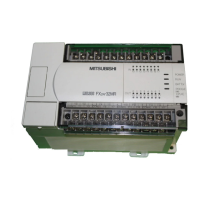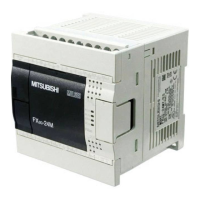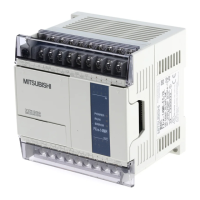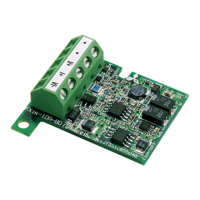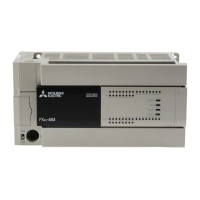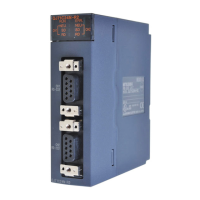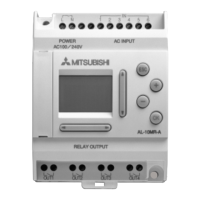259
CHAPTER 5 DEVICES
5
5.6 File Register (R, ZR)
5.6 File Register (R, ZR)
These device are provided for extending the data register.
(1) Specification methods
The following two methods are available.
• Block switching method (R)
• Serial number access method (ZR)
(a) Block switching method (R)
The file register points used are divided and specified in units of 32K points (R0 to R32767).
When multiple blocks are used, the desired block is specified with the block number by the RSET instruction.
(b) Serial number access method (ZR)
A file register exceeding 32K points in size can be specified using consecutive device numbers.
Multiple blocks of a file register can be used as a continuous file register.
12K points
Data register
D0
12K points
Data register
D0
Data register can be
extended.
R0
File register
Block 0
Block 1
Block 2
R0
R0
R32767
R32767
R0
R0 specification
for block 1
R0 specification
for block 2
... ... ...
ZR0
ZR32767
ZR32768
ZR65535
ZR65536
(Block 0)
(Block 1)
(Block 2)
... ... ...
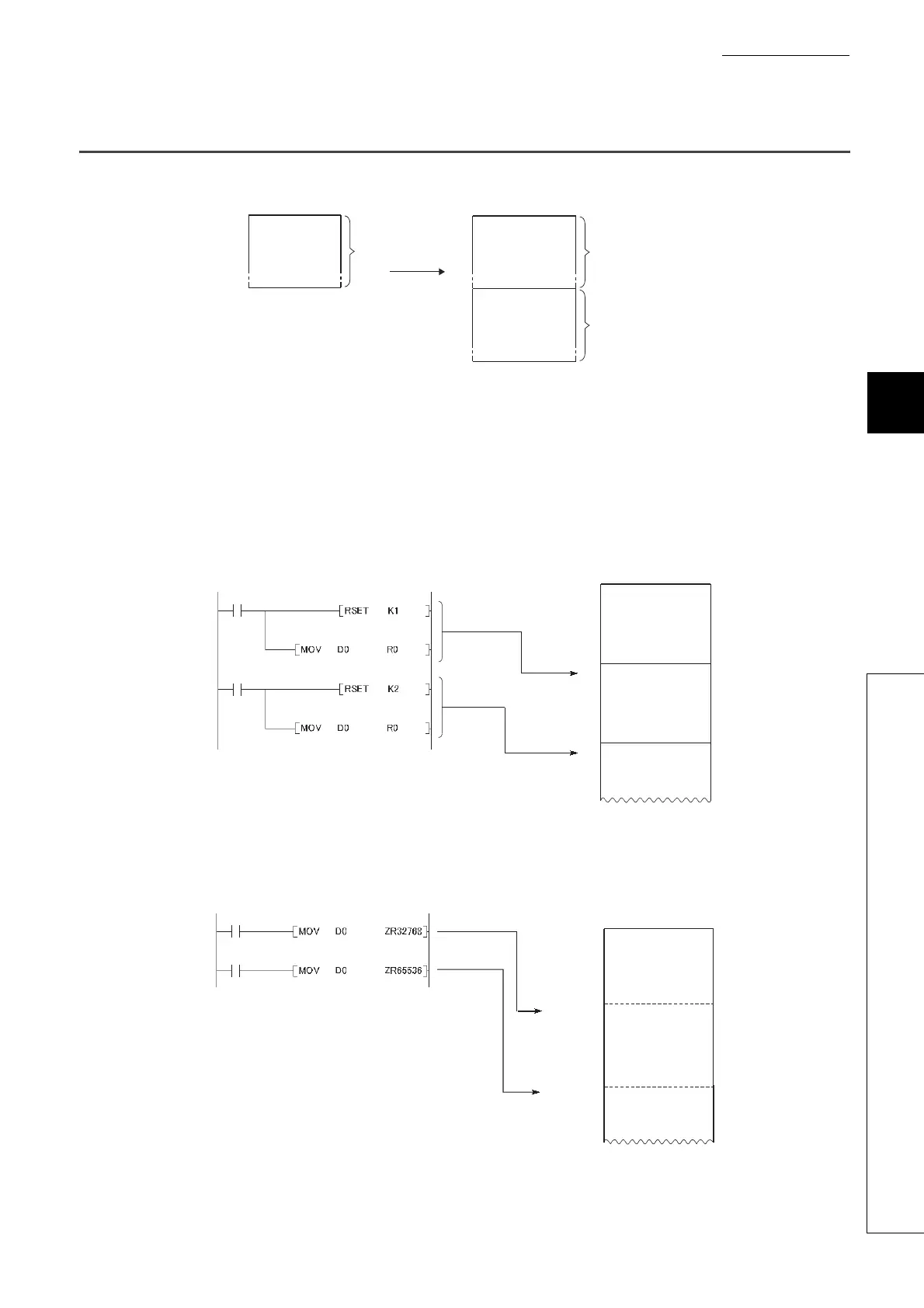